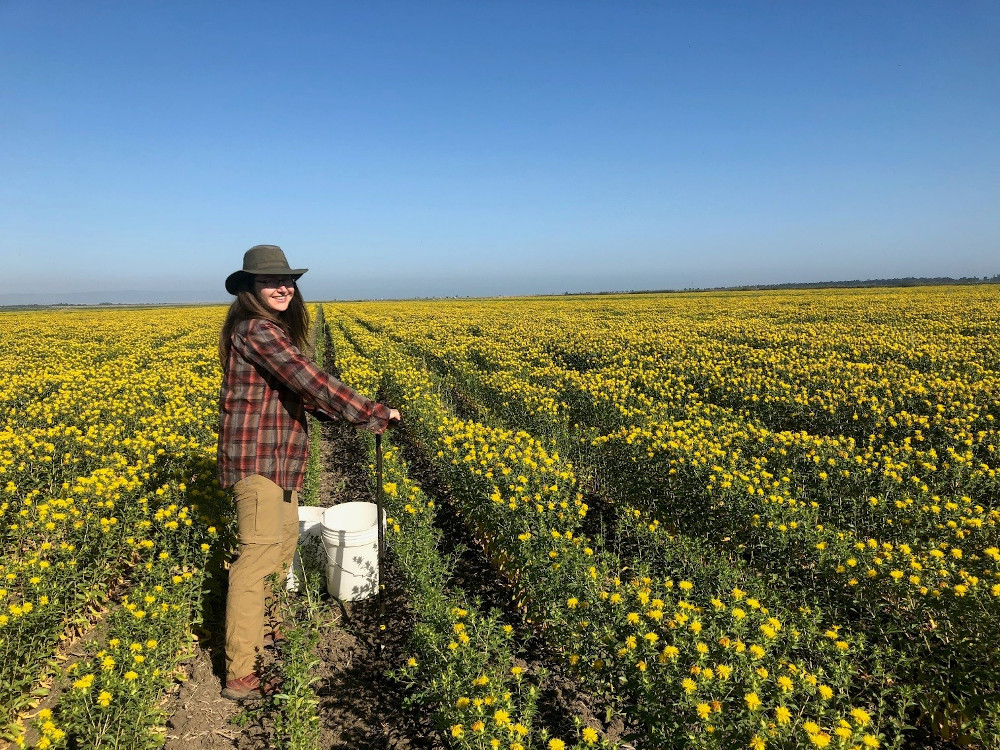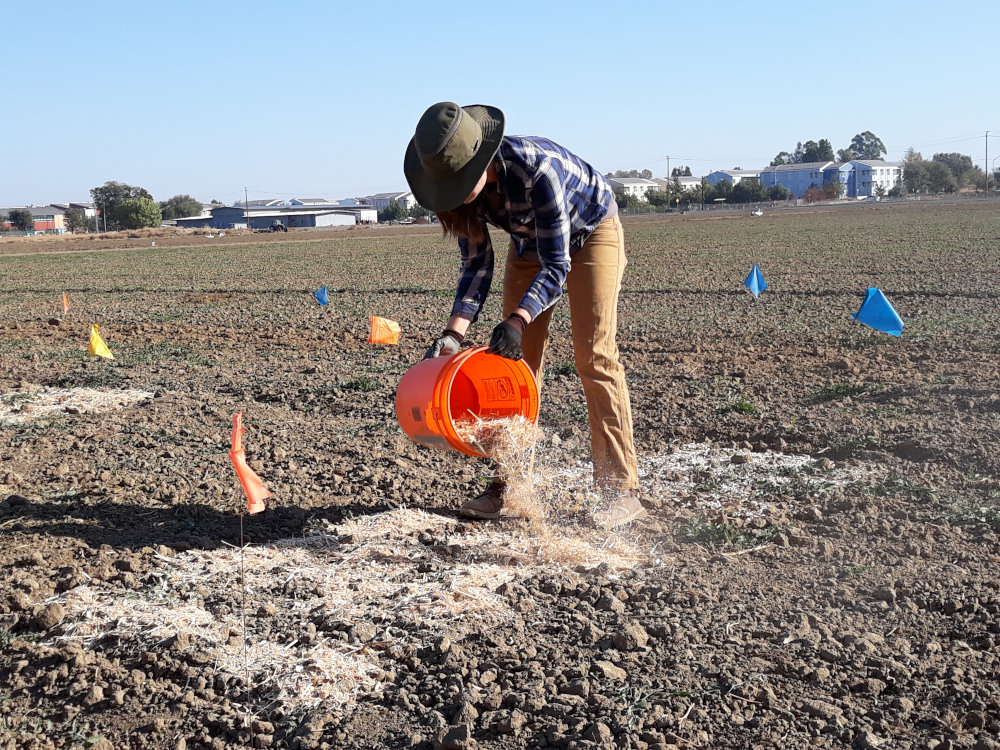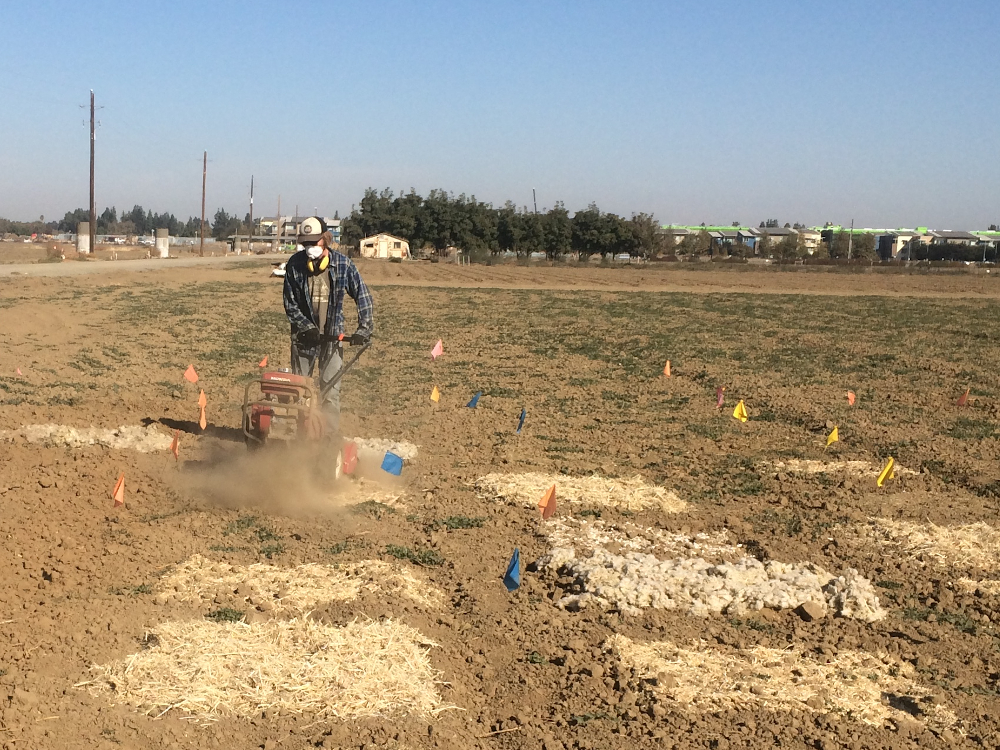Home
Funding provided by
University of California Agriculture and Natural Resources
CDFA - Fertilizer Research and Education Program (FREP)
Publications
Article in Communications in Soil Science and Plant Analysis.
Article in Agrosystems, Geosciences & Environment.
Nitrogen Mineralization in Agricultural Soils
Highlights
- Residue moisture has short term effects on nitrogen mineralization, while soil moisture has a longer term effect
- Nitrogen mineralization is greatest at 60% water holding capacity across all soil types included
- This project is ongoing and final results will become available in 2021
The Team
Suzette Turner, Nick Clark, Michelle Leinflder-Miles, Sarah Light, Konrad Mathesius, Gene Miyao, Richard Smith, Zheng Wang, Rob Wilson, Daniel Geisseler
Background
Nitrogen is often the limiting nutrient in agricultural system. For growers, this means that ensuring there is enough nitrogen available in their system is crucial to healthy crops and a successful harvest. Nitrogen is also a highly mobile nutrient in soils and can easily be lost, creating economical and an environmental issues. Better estimates of the amount of nitrogen that becomes available in the soil can help growers adjust fertilizer application rates and therefore reduce costs of crop production and the risk of nitrate leaching to the groundwater.
Objectives
This is a multi-year project designed to determine soil nitrogen mineralization in the Central Valley of California. The main objective of the project is to develop approaches to provide site-specific nitrogen availability estimates growers can use in their fertilizer budgets. The focus of this second phase of the project is on the effects of crop residues and soil moisture on nitrogen mineralization. Furthermore, estimates shall be validated in field trials. The results shall be incorporated into decision support tools for growers to calculate their crops' nitrogen demand. An example of such a tool is the N calculator for processing tomatoes.
Our Approach
Through different lab and field experiments, Suzette Turner is gathering data from sites scattered throughout California's Central Valley. The variation in soil characteristics and cropping history shall help improve estimates of nitrogen availability.
Results
A lab incubation experiment with tomato and broccoli residues was conducted at 25 °C and optimal soil moisture content for 12 weeks. Both residue moisture and soil moisture affected nitrogen mineralization rates. While residue moisture had a short term effect, the effect of soil moisture was more pronounced and longer term.
Nitrogen mineralization in the topsoil of 11 subsurface irrigated Central Valley fields was monitored throughout the growing season. Net nitrogen mineralization in field-moist soil was on average 45% of the N mineralization at optimal moisture content. When corrected for daily soil temperature at the sites, net N mineralization during a 4-month period from April 15 to August 15 averaged 22.5 lb ac-1, which corresponds to 10 to 20% of the N in the aboveground biomass of the crops grown in these fields. To achieve a high N use efficiency and limit the risk of nitrate leaching to the groundwater, net N mineralization from soil organic matter should be accounted for when planning N fertilizer applications.



